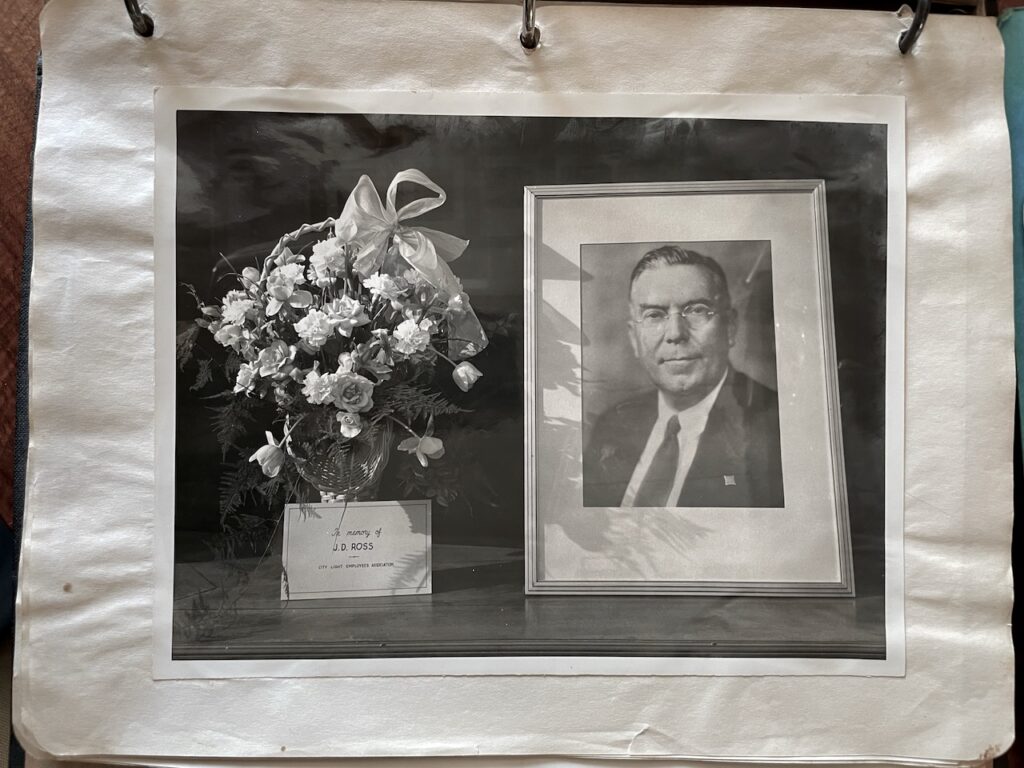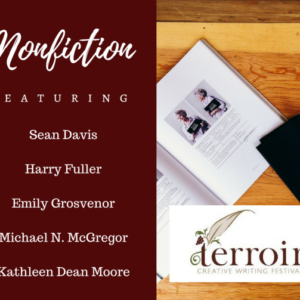In my memoir writing classes last week, we discussed Vivian Gornick’s fine little book on personal writing, The Situation and the Story. In her introductory section, Gornick explains her idea that all of the raw material used in personal writing and even what we might normally call the story itself—the plot or action—is just “situation.” No matter how extraordinary what we want to write about might be, it won’t have an impact on a reader until we discover what we have to say about it. What its meaning is to us. What our emotional journey through it is. This is what Gornick calls the “story” and I sometimes call the journey: the writer’s personal movement through the material.
In her great new book The Art of Memoir, Mary Karr uses different language for what seems to be the same distinction. She talks about outer experience that needs to be shaped and an inner conflict, even an “inner enemy” ( a writer’s “psychic struggle against her self that works like a thread or plot engine”).
Gornick talks about finding the right “persona,” the version of ourselves that can best tell the story to be told. “Its tone of voice,” she writes, “its angle of vision, the rhythm of its sentences, what it selects to observe and what to ignore are chosen to serve the subject; yet at the same time the way the narrator—or the persona—sees things is, to the largest degree, the thing being seen.”
It is this intimacy between subject and the narrator’s particular vision—or voice—that makes good personal writing compelling. In praising George Orwell’s personal writing, Gornick cites his “wholly successful fusion of experience, perspective, and personality.” Karr says bluntly: “Each great memoir lives or dies based 100 percent on voice.” She calls voice the “delivery system for the author’s experience.”
“Voice isn’t just a manner of talking,” Karr writes. “It’s an operative mindset and way of perceiving that naturally stems from feeling oneself alive inside the past.”
Both writers emphasize, each in her own way, making—and expressing—such an intimate connection to one’s material that both the experience being written about and the writer’s way of viewing it—and life itself—come alive.
In order to get to this kind of intimacy, Gornick says in her section on memoir, the writer must ask clearly and truthfully: Who am I? “On that question the writer of memoir must deliver,” she writes. “Not with an answer but with depth of inquiry.”
Here’s where things get interesting, I think. When beginning a memoir, Who am I? is not the simplest question, even to ask. Yes, it’s the writing itself that tackles the question, the “depth of inquiry” taken on. But what “I” is the writer seeking to know? Is it the “I” that is writing in the present moment or the “I” that is central to the tale being told? Is Who am I? an enduringly existential question that can be answered once, or is it a provisional question, leading to a provisional answer? And if I achieve clarity on who I was back then, in the time I’m writing about, does that mean I’m any closer to knowing who I am today? Or is it the relationship between the two—the then-I and the now-I—a memoirist is really seeking?
These questions are especially important to me right now because I’m writing about a period in my life other than childhood, which is the subject of most memoirs (or at least first memoirs). I was an adult already then, even old by some determinations, yet I would not say that who I was then is the same as who I am today. I’m interested in exploring who I was then and how I came to be that person but also in how that period shaped the person I became after that.
One other thing I’ve been thinking about this week: You can’t approach writing a memoir as a writer only, thinking about how to construct it so it has the most impact. You have to approach it first as a human being, seeking to understand yourself in a way you haven’t before. Maybe this thought is self-evident to many, but it’s easy for a writer (and writing teacher) to get caught up in form and audience and expression too soon. I suppose it feels safer to enter the dark with pen in hand.









